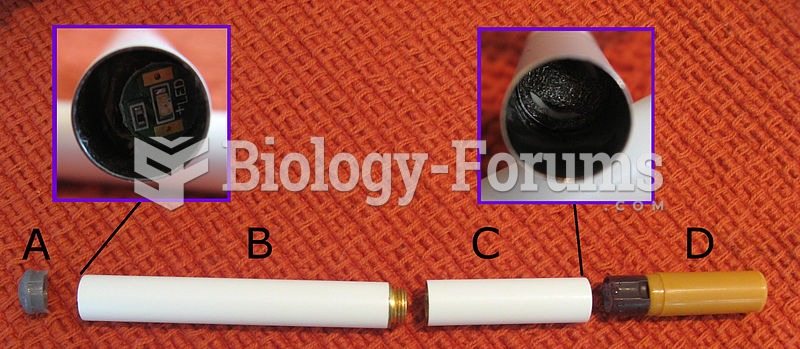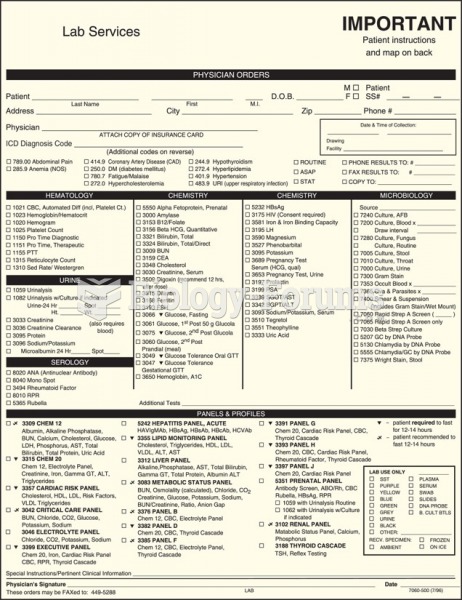This topic contains a solution. Click here to go to the answer
|
|
|
Did you know?
Interferon was scarce and expensive until 1980, when the interferon gene was inserted into bacteria using recombinant DNA technology, allowing for mass cultivation and purification from bacterial cultures.
Did you know?
The first successful kidney transplant was performed in 1954 and occurred in Boston. A kidney from an identical twin was transplanted into his dying brother's body and was not rejected because it did not appear foreign to his body.
Did you know?
In 1864, the first barbiturate (barbituric acid) was synthesized.
Did you know?
On average, someone in the United States has a stroke about every 40 seconds. This is about 795,000 people per year.
Did you know?
Blood is approximately twice as thick as water because of the cells and other components found in it.
 (a) Yucca baccata in full flower; (b) a Yucca moth, Tegeticula planella, ovipositing on a Yucca flow
(a) Yucca baccata in full flower; (b) a Yucca moth, Tegeticula planella, ovipositing on a Yucca flow
 (a) Yucca baccata in full flower; (b) a Yucca moth, Tegeticula planella, ovipositing on a Yucca flow
(a) Yucca baccata in full flower; (b) a Yucca moth, Tegeticula planella, ovipositing on a Yucca flow





